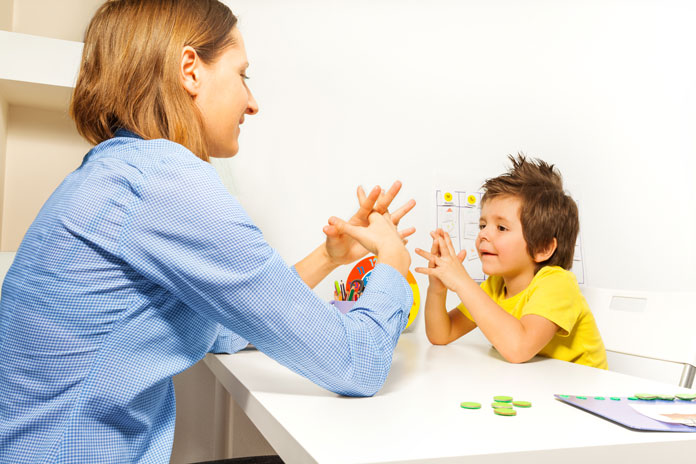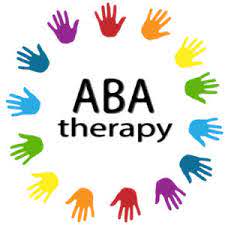Do you have a child in your class who seems to listen but does not follow instructions? And is always on the move?
Are you confused why are some of the students not behaving the way they should?
Does your child throw tantrums and you do not know how to handle it?
Is your child unable to make friends?
These are all behaviors and any behavior can be changed or modified. The entire science of understanding and modifying the behavior is called Applied Behavior Analysis (ABA), popularly also known as ABA therapy. It is the most scientifically driven procedure for behavior modification. Here are some tips to understand and help modification of behaviors.
So, let us understand what is the ABC of ABA?
- A stands for Antecedent. When any behavior occurs there is a situation that precedes the behavior which is called Antecedent (what happens before, what triggers the behavior). Antecedent is very important to understand if we are looking at modifying the behavior of a child / adult / autistic child / non-autistic child.
- B stands for Behavior that occurs after antecedent.
- C stands for consequences. Consequence is what happens after the behavior occurs. Consequences can also be classified into reinforcement and punishment. If we want to change or modify the behavior then it is of utmost importance to understand the concept of reinforcement and punishment.
Reinforcement is used to increase the occurrence of a wanted behavior. There are two types of reinforcement – Positive & Negative.
Punishment is used to decrease the occurrence of an unwanted behavior. Punishments, traditionally are considered not to be used unless very necessary as it leaves a scar on the psyche of a child. And there are two types of punishments – Positive & Negative
If you learn to use reinforcements and punishments, then you are able to modify anyone’s behavior. So for all those parents, teachers and caregivers who want to induct good, desirable and socially acceptable behavior in the children, they must understand the science of using reinforcements and punishments
Let us understand the types of reinforcements and punishment:-
Positive punishment – Positive punishment means adding something that the child does not like in the schedule after the occurrence of an unwanted behavior. E.g. Max a student who gets poor results so every time when max brings home a poor result the mother will ask him to wash the dishes after dinner. So she added something that Max does not like? So to avoid this Max will start getting better grades. And thus he decreases the behavior of bringing poor grades. This is called positive punishment.
Negative punishment – Negative Punishment is taking away something the child likes to decrease an unwanted behavior. E.g. a child if misbehaves in class then the teacher will deny a PE period for him. So if the child does not want to miss the PE period then he will make sure that he behaves well in class. Thus the undesired behavior in class is reduced. This is negative punishment.
Positive Reinforcement – To increase a wanted behavior by adding something that the child likes is called a positive reinforcement. E.g. If a child displays a good behavior such as greeting guests or talking nicely with others, and the parent gives a favorite eatable or visit his favorite place or extra play time. So this will make the child continue the wanted behavior in future. This is positive reinforcement.
Negative reinforcement – Negative reinforcement is to take away something the child dislike to increase wanted behavior E.g. Teacher gives a task to Roby to be completed in 5 minutes and if he does so she will not send him for swimming as Roby dislikes swimming. So to avoid the swimming Roby finished the task in 5 minutes. This is negative reinforcement
Try using the reinforcements and punishments with the children and you will be able to achieve amazing results. The important thing is that you need to be consistent with your implementation to obtain the desired results.



